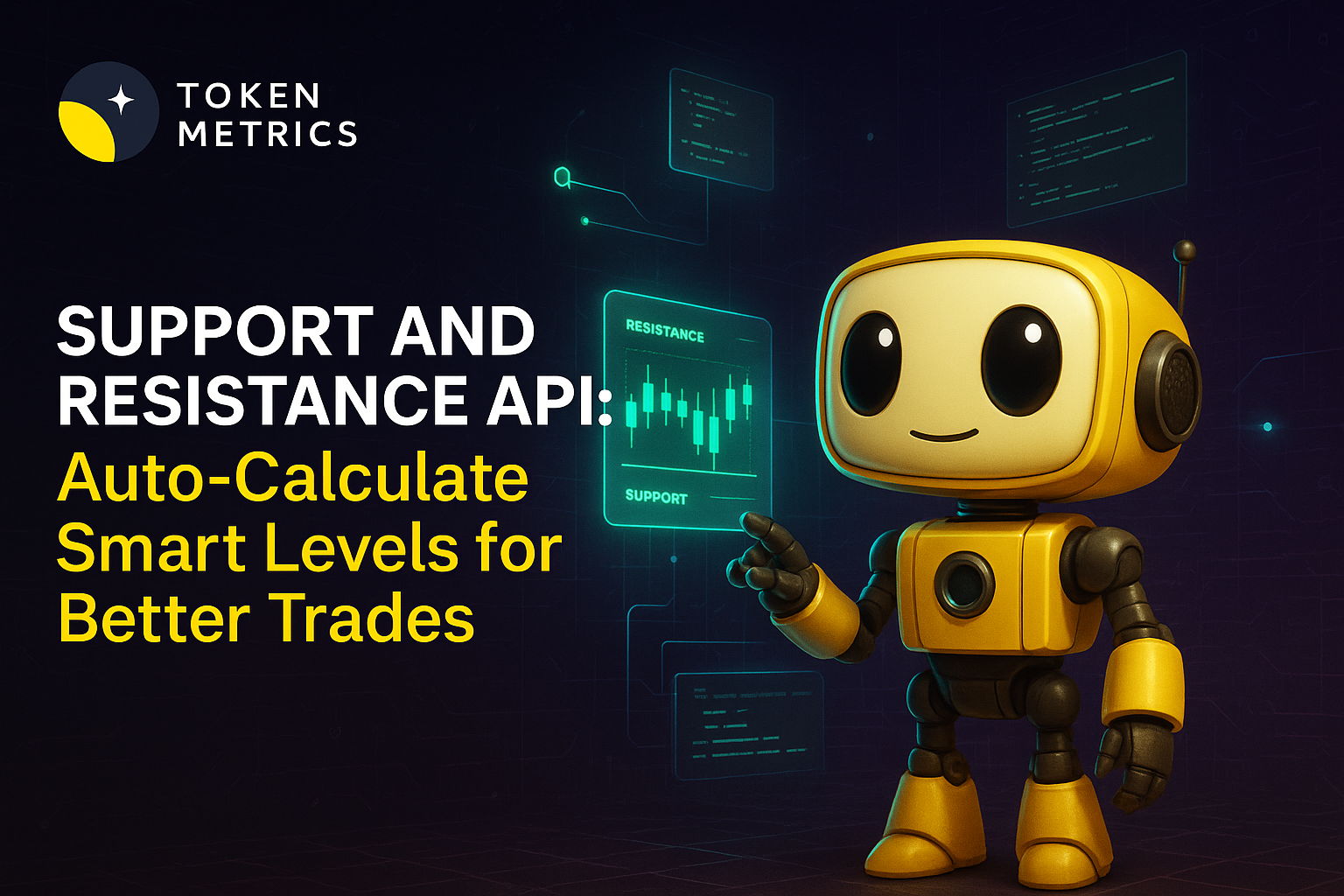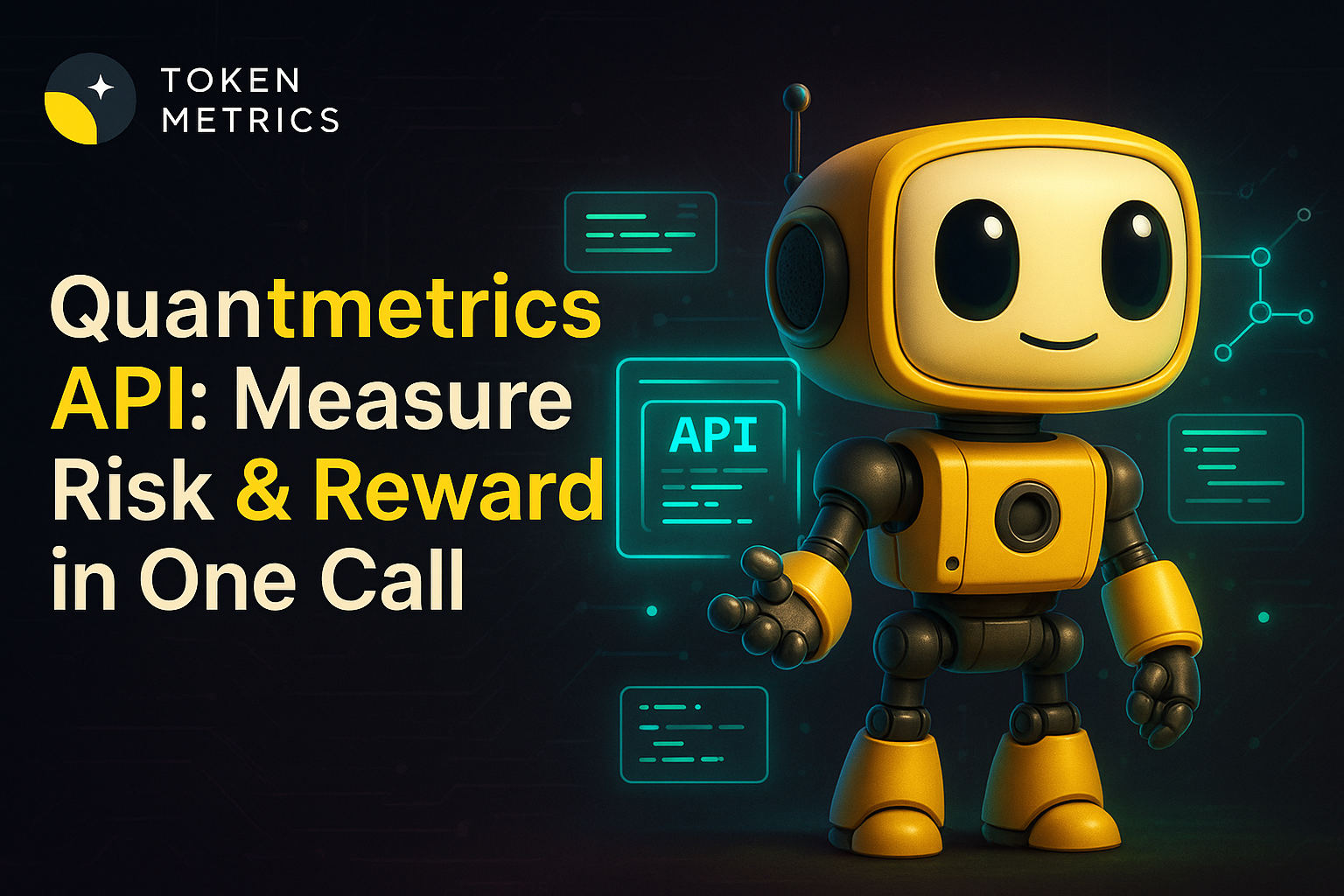
Best Long-Term Crypto Picks for the 2025 Bull Market

In a market full of noise, value investors are asking one critical question: what should I hold long-term?
Here are some of our top picks, based on fundamentals, traction, and longevity.
1. Grass – AI + Revenue
Grass stands out in the AI space. With over $15M in revenue from its browser extension and data resale model, it’s one of the few protocols generating real-world value. It’s a top AI blue chip we’re confident holding over multiple cycles.
2. Peaq – DePIN Infrastructure
Peaq positions itself as the Chainlink of decentralized physical infrastructure. While still under $1B FDV, it’s been consistent in development and narrative strength.
3. Sui – Consumer-Focused L1
Sui isn’t just another L1. Between Phantom wallet support, SuiPlay hardware, and growing dApp adoption, Sui has the elements to outpace older chains like Solana or Avalanche in user growth.
4. Parcl – Real Estate Derivatives
For exposure to real-world assets, Parcl offers a compelling play. Their UI is retail-friendly, listings are strong, and the market cap remains under $150M. This is one to watch as RWA adoption grows.
5. BitTensor – AI Infrastructure Layer
With a unique emission model and growing subnet usage, BitTensor remains the top AI infra token. Some even compare its long-term potential to early Bitcoin.
Bonus Mentions:
- Uniswap / Aave / Compound – battle-tested DeFi with upcoming fee-sharing upgrades
- Chainlink – oracle king still dominating infrastructure
- Hyperliquid – sustainable revenue, EVM chain, and perps dominance
Final Words
The 2025 bull market will create noise—but also opportunity. These tokens aren’t just trendy—they’re infrastructure plays with real utility and upside. Allocate accordingly.

.svg)

Create Your Free Token Metrics Account

.png)




%201.svg)
%201.svg)


%201.svg)









.svg)




.png)